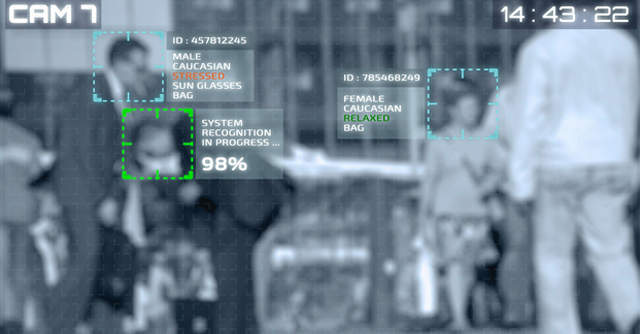
Using facial recognition system at public gatherings illegal, IFF tells govt


The use of the automated facial recognition system (AFRS) for profiling and surveillance at public congregations is illegal and unconstitutional, the Internet Freedom Foundation (IFF) said in a notice to India’s home secretary Ajay Kumar Bhalla and commissioner of Delhi police Amulya Patnaik.
The digital advocacy group based its notice on the findings of a source-based media report from the Indian Express, which said that police in the Indian capital used the AI (artificial intelligence)-based software at a political rally on December 22.
This was also the first time that Delhi police used facial images collected from footage filmed at the city’s various protests to filter “law and order suspects” at the prime minister’s rally, the newspaper added in its report on Saturday.

The police department’s purchase and usage of the technology arose from a Delhi High Court order in 2017 for the purpose of locating missing children, the notice said, citing the order.
“The use of AFRS for surveillance must clearly define the legitimate aim and purpose of such use, even if legality is presumed… Here, its use has strayed from finding missing children to being deployed in peaceful public gatherings. There is no material/references available that state what legitimate aim would be achieved by the use of AFRS in (a) political rally or protest, given even at such spaces voicing dissent or assembly is an exercise of the fundamental right of a person,” the notice addressed by IFF executive director Apar Gupta said.
The use of this technology comes in the wake of nation-wide protests that began earlier this month against a new citizenship law. The new legislation eases the way for some non-Muslim minorities from the neighbouring Muslim-majority nations of Afghanistan, Bangladesh and Pakistan to gain Indian citizenship.
AFRS as a technology

AFRS maintains a database of photographs and videos of peoples’ faces. New images of unidentified individuals, taken from CCTV footage or drone surveillance, are compared to the existing data to identify a person. The AI technology used for pattern-finding and matching, constitute neural networks.
The Indian government plans to use AI to predict weather patterns, manage traffic better and to create a record to be used by the National Crime Records Bureau for an automated facial recognition system to make security more efficient. The 2019 Union budget mentioned the creation of an AI portal to digitise villages along with the creation of AI centres of excellence.
Read: Rewind 2019: How AI jumped out of the movies and into our everyday lives

The global facial recognition market was valued at $4.51 billion in 2018. The value is expected to reach $9.06 billion by 2024, at a compound annual growth rate of 12.5% in period of 2019-2024, according to a recent report from market research firm Mordor Intelligence.
“Facial recognition has been gaining prominence in recent times, owing to the benefits it offers over traditional surveillance techniques, like biometrics. Governments across the world have been investing significant resources in facial recognition technology, among which, the United States and China are leading adopters,” the firm said in a statement on Monday.
